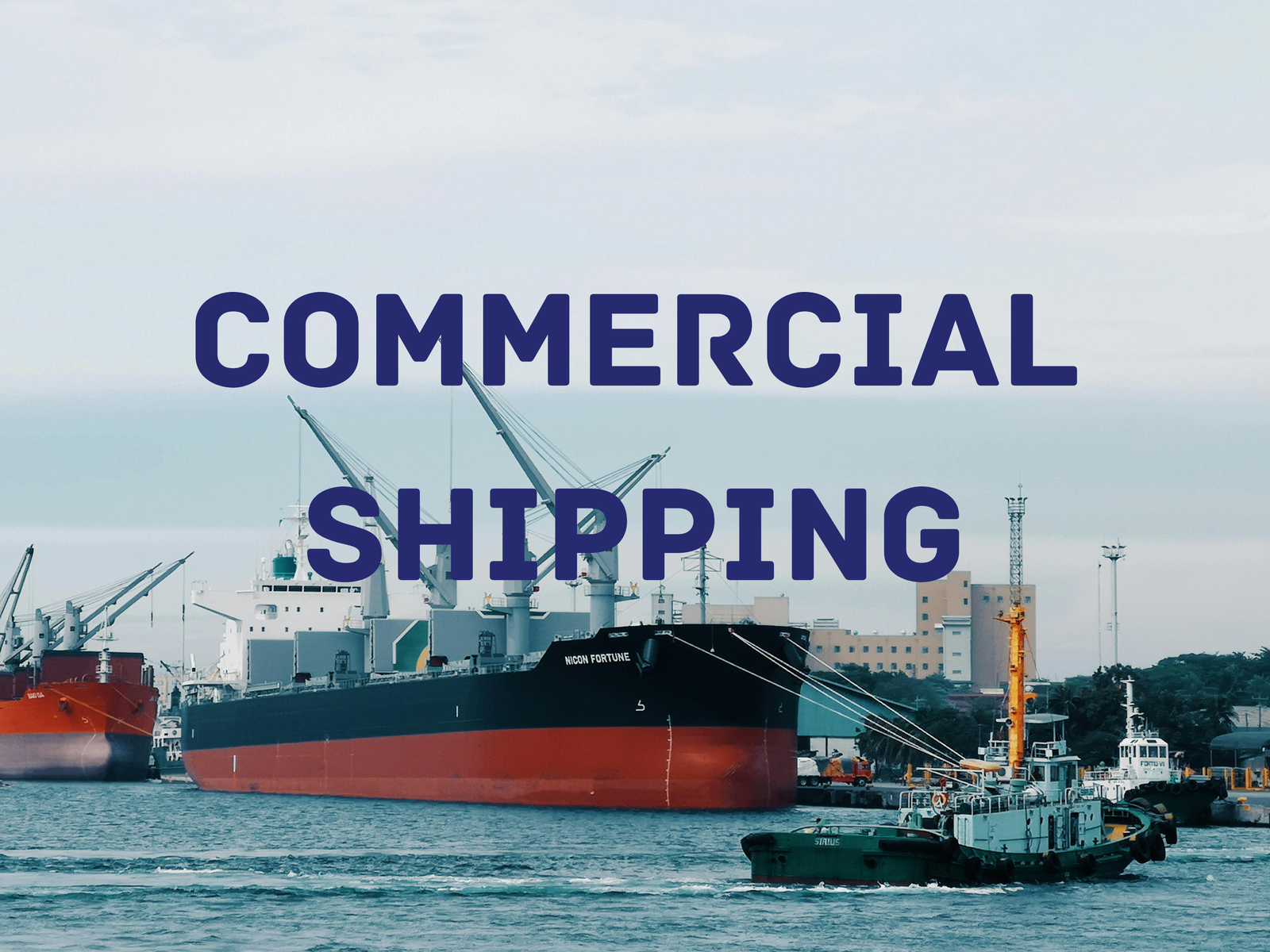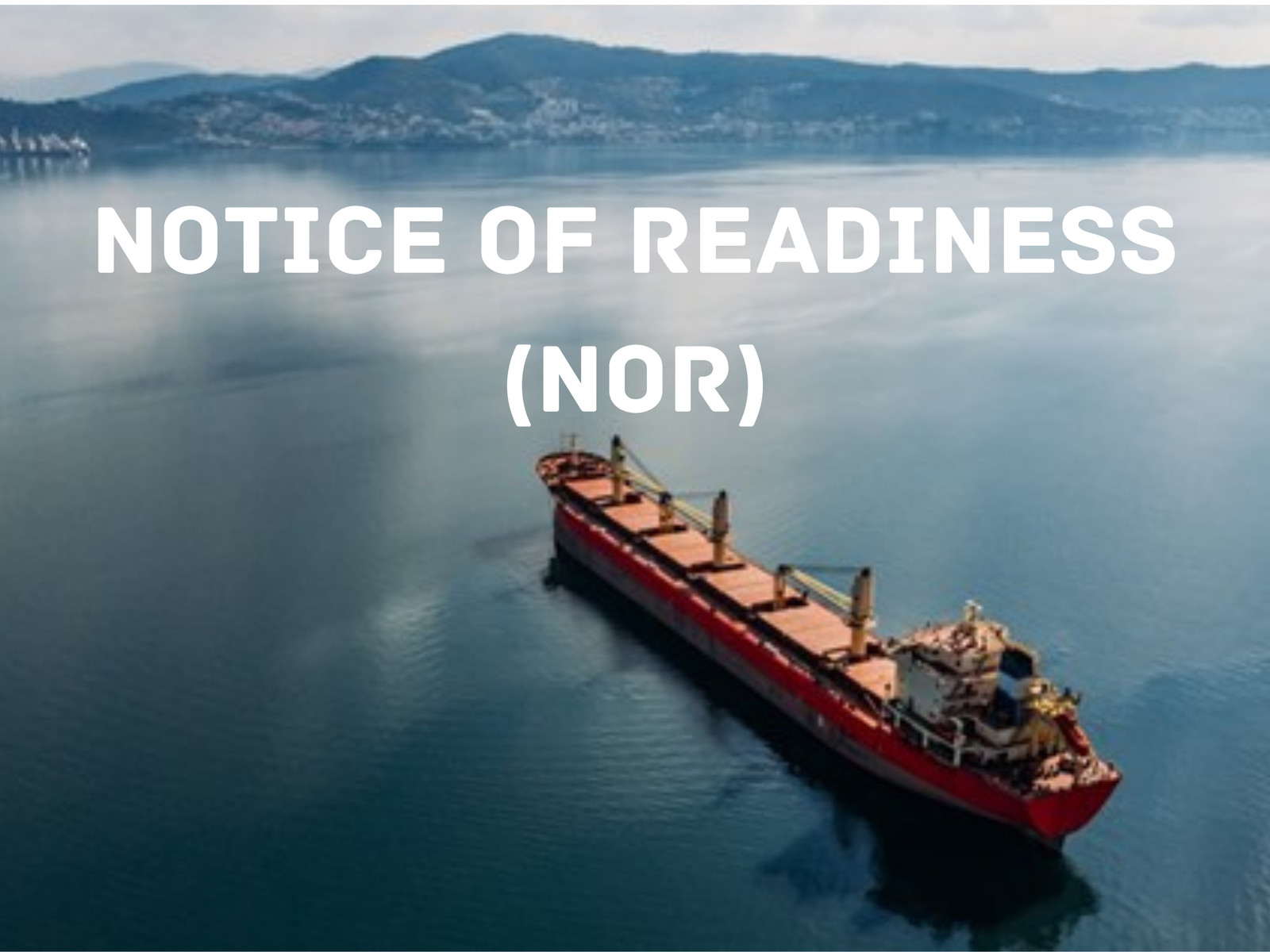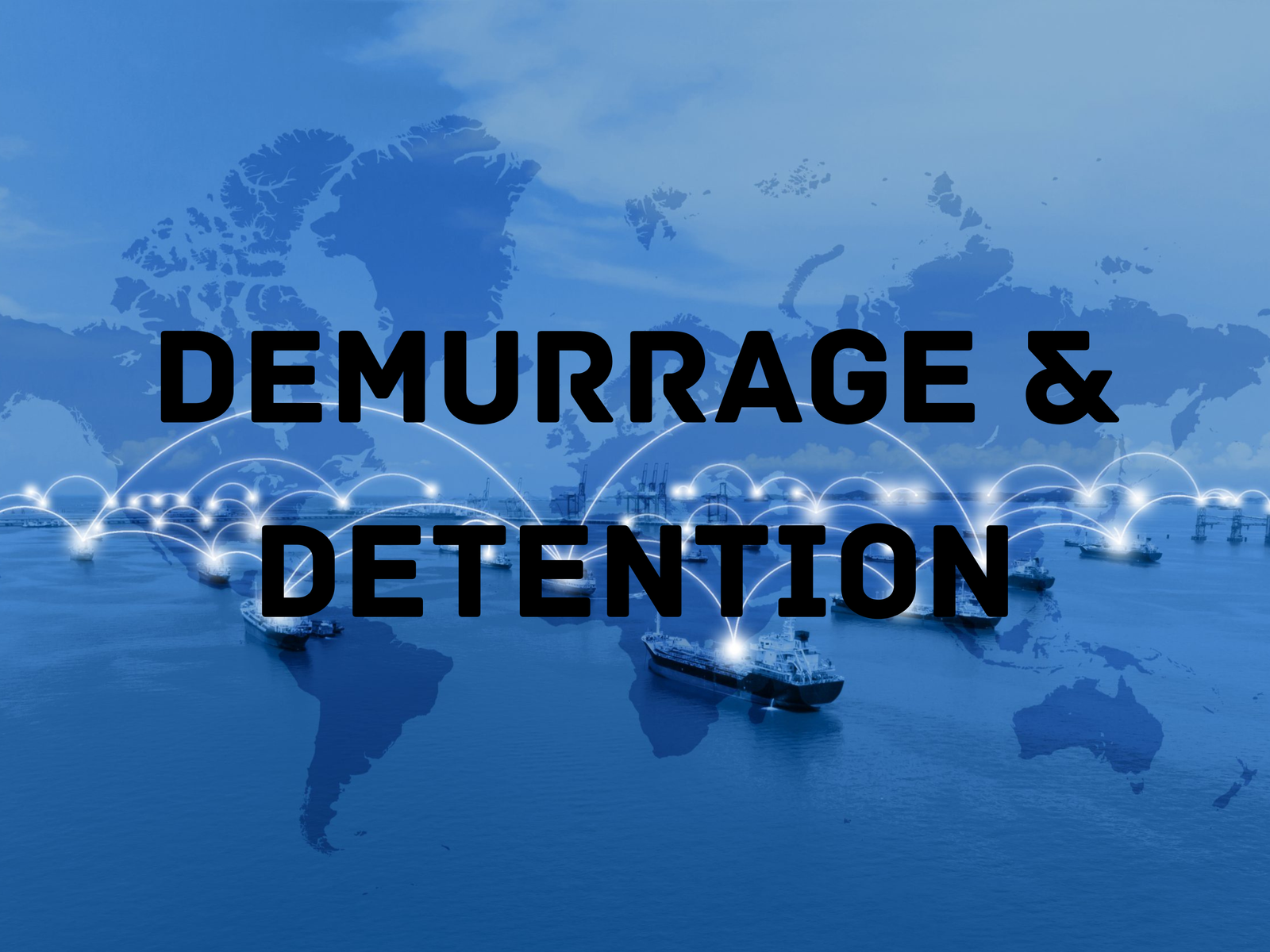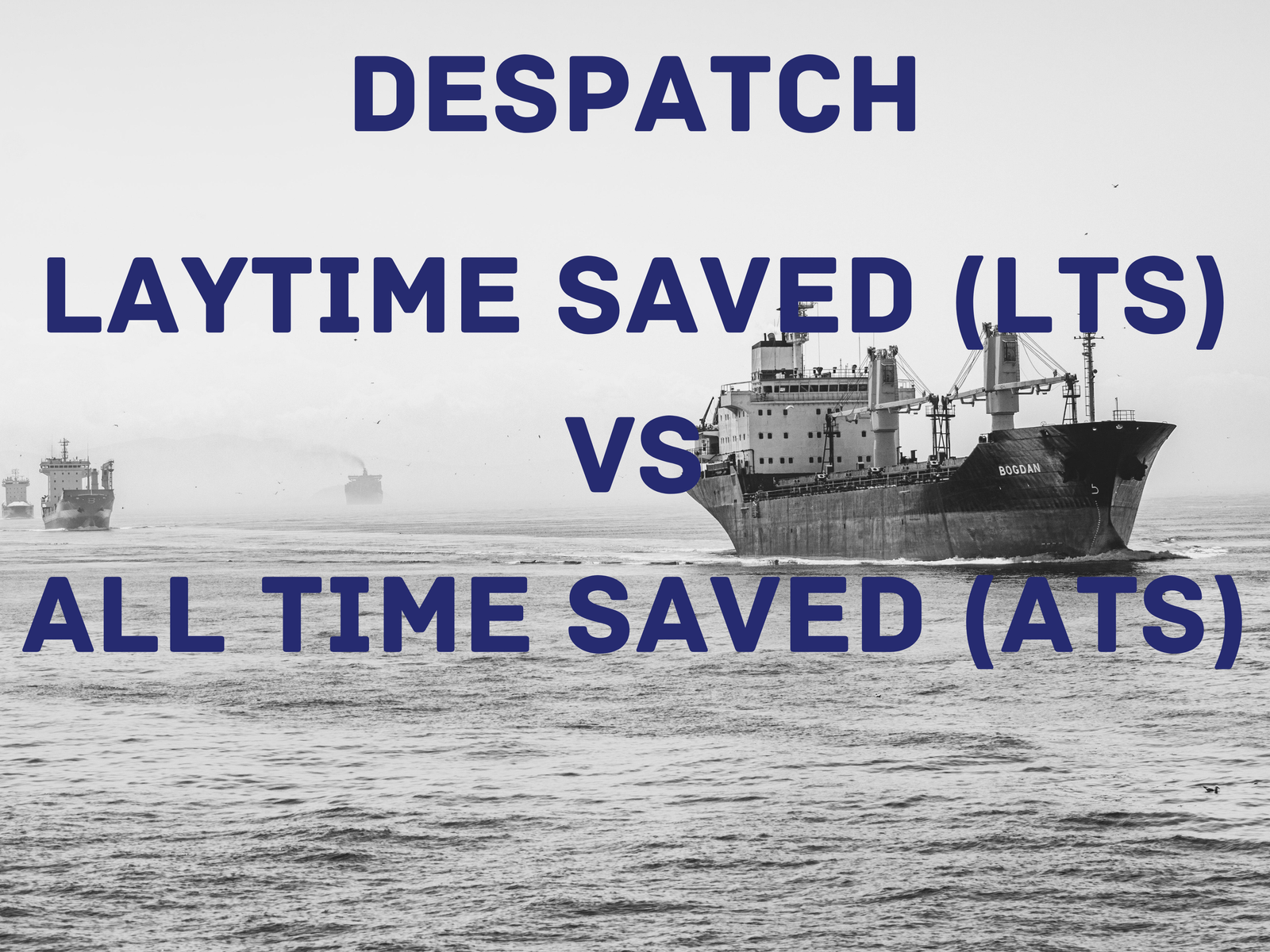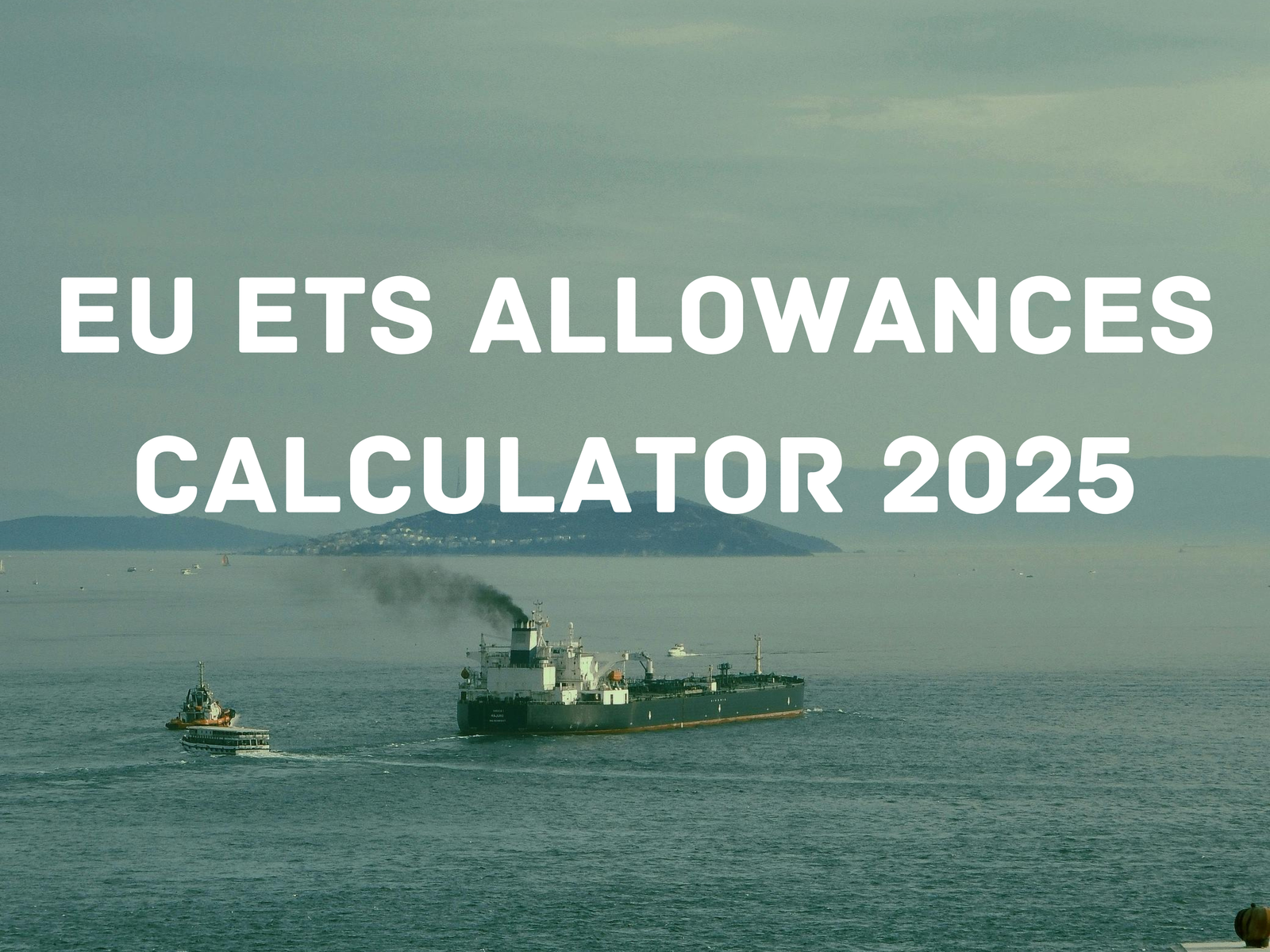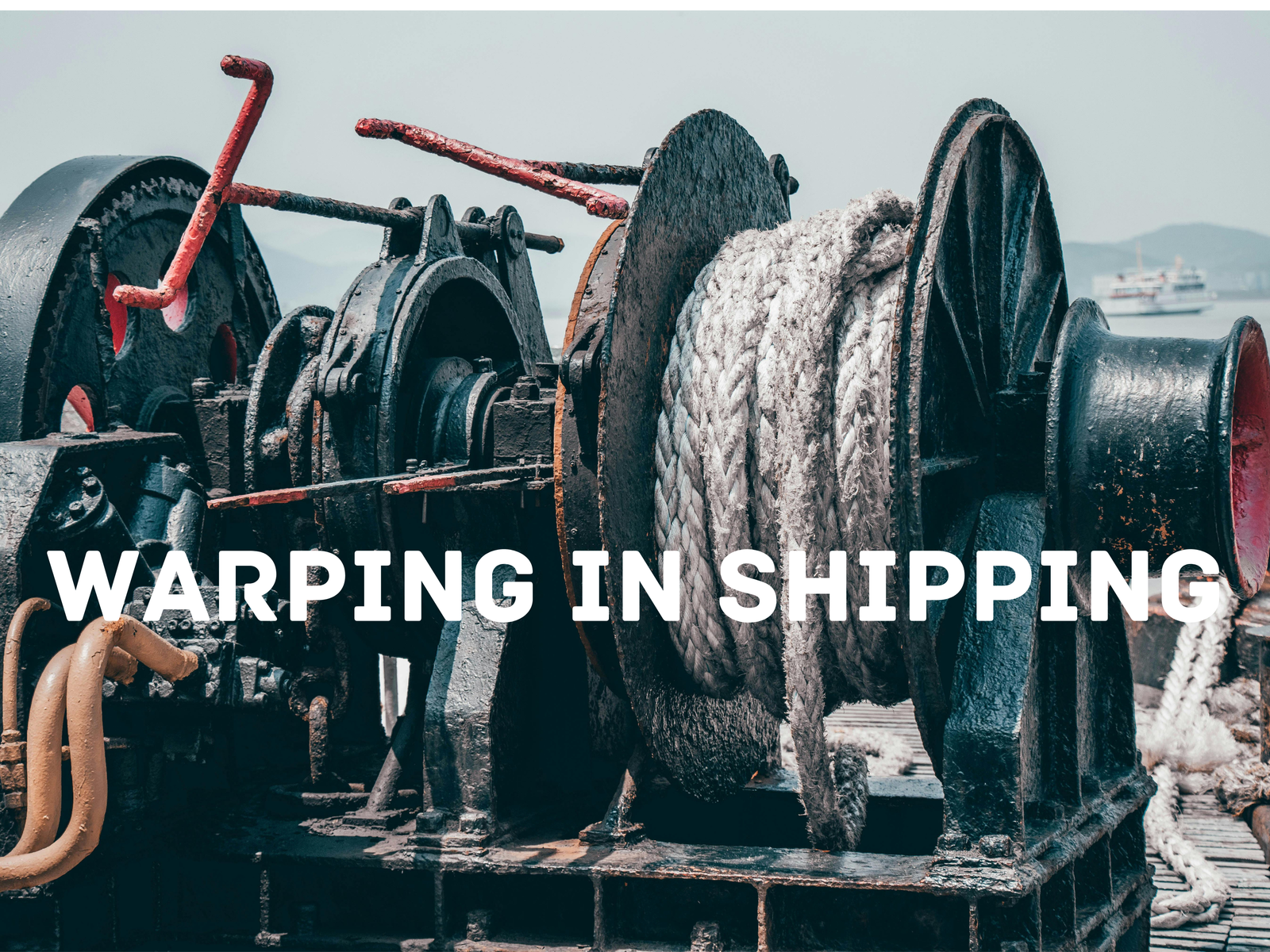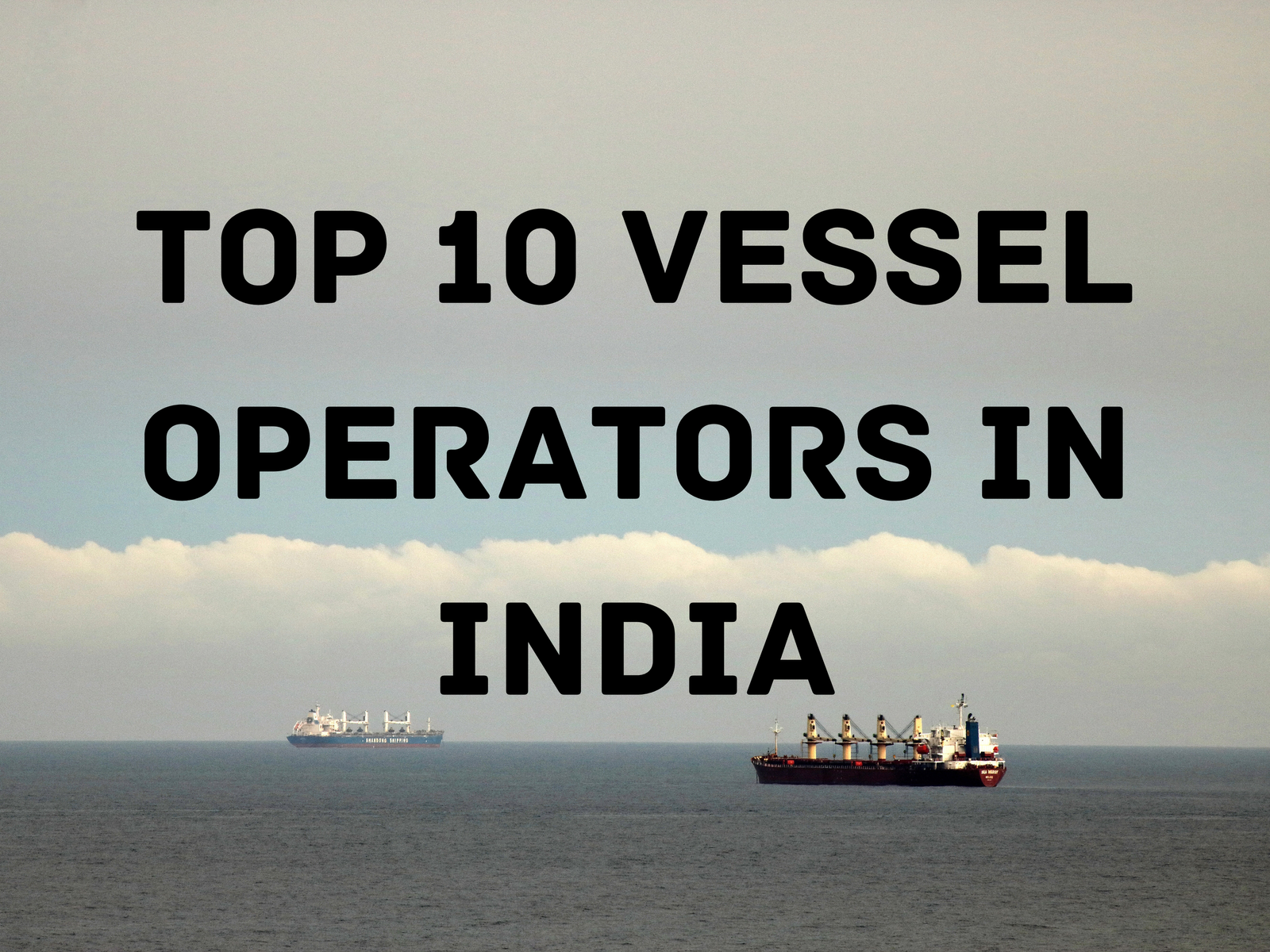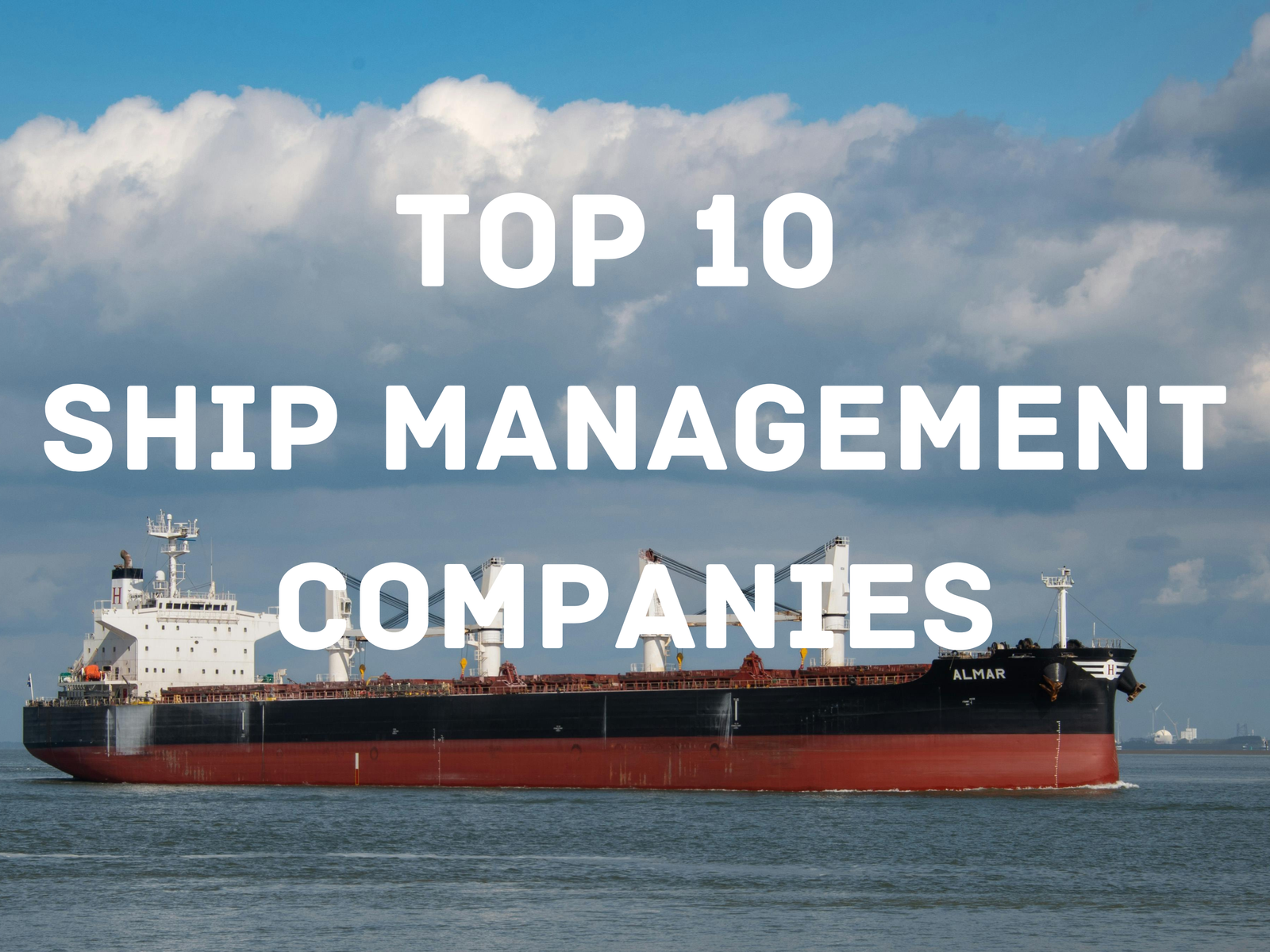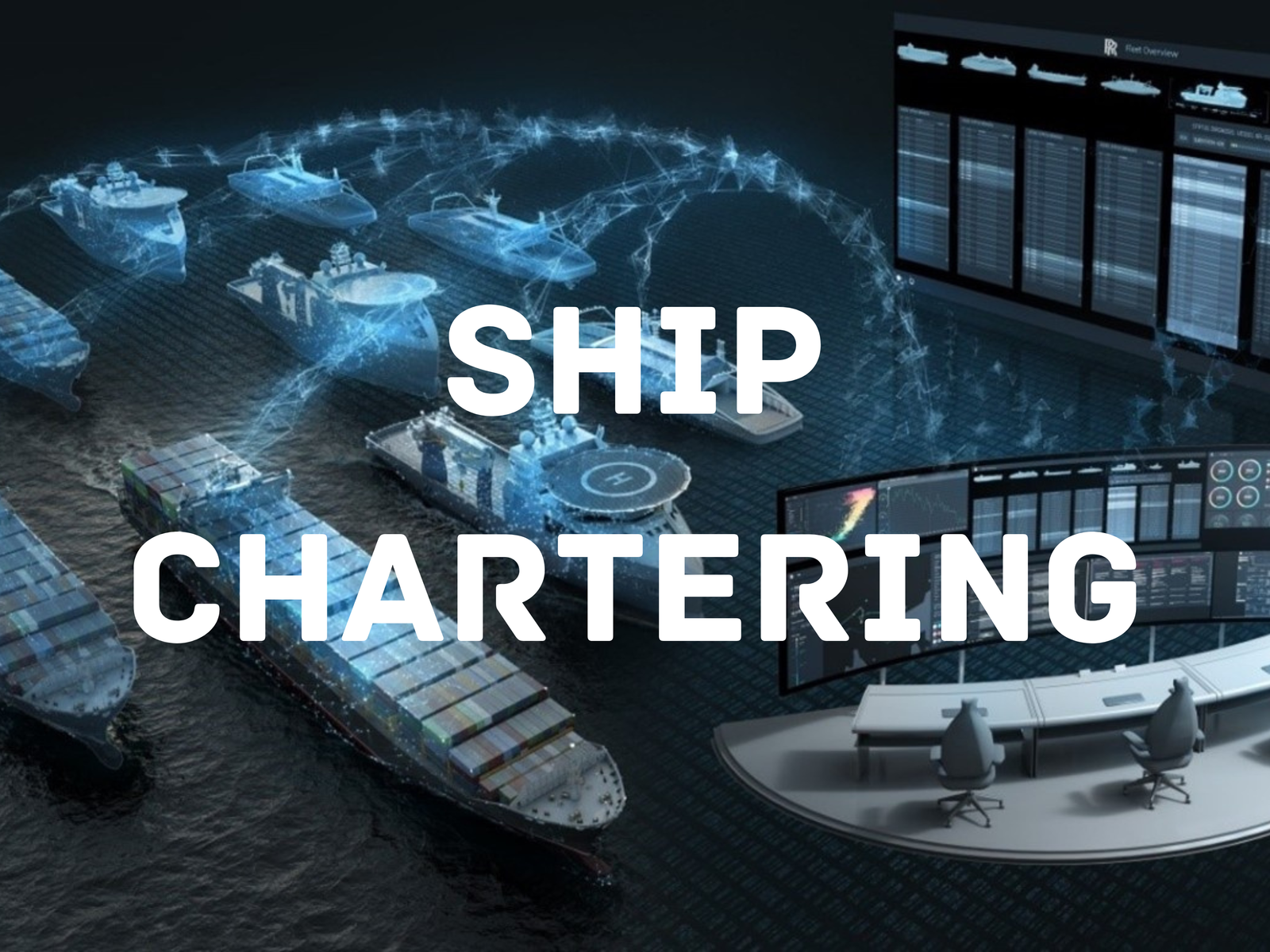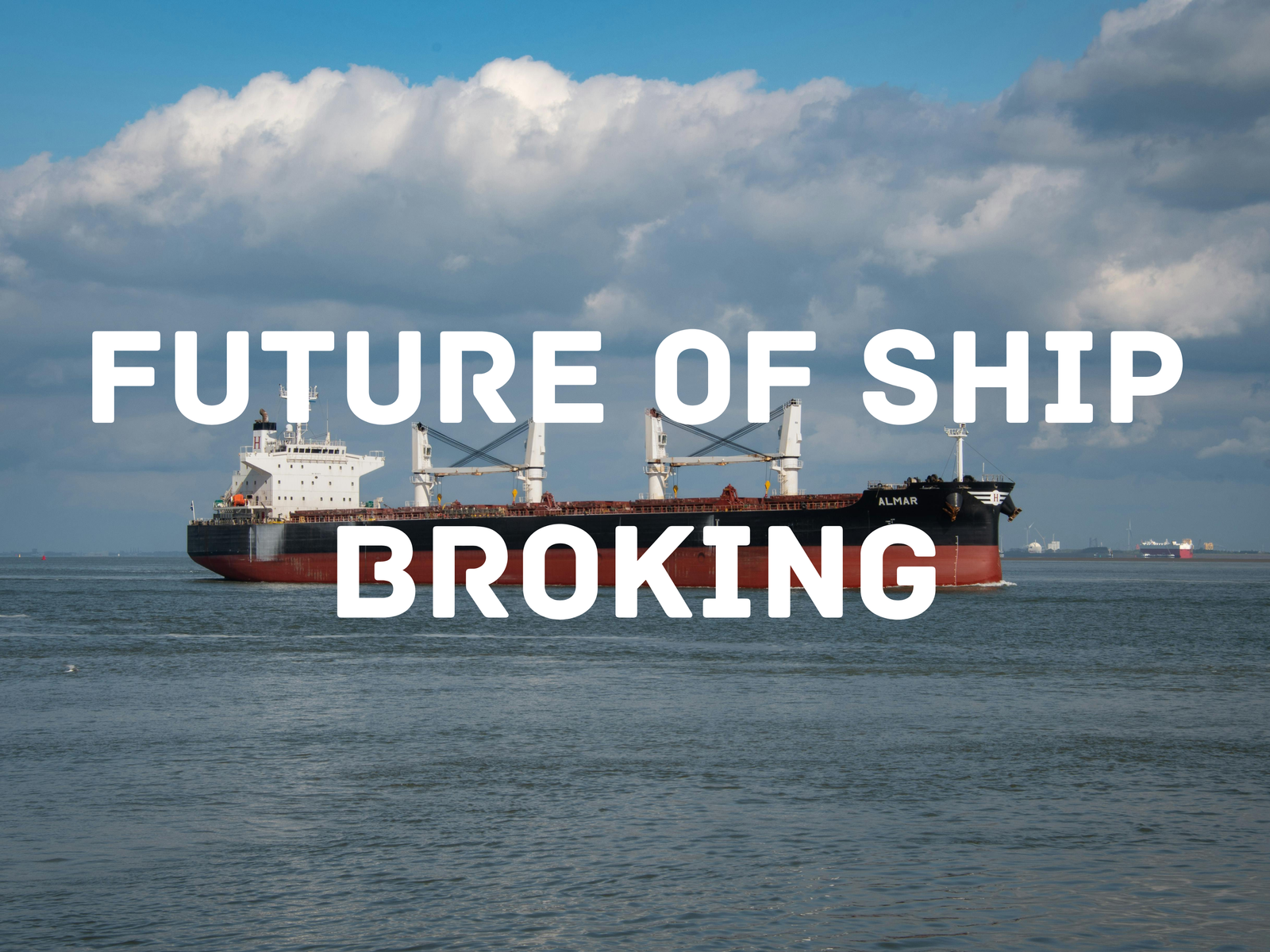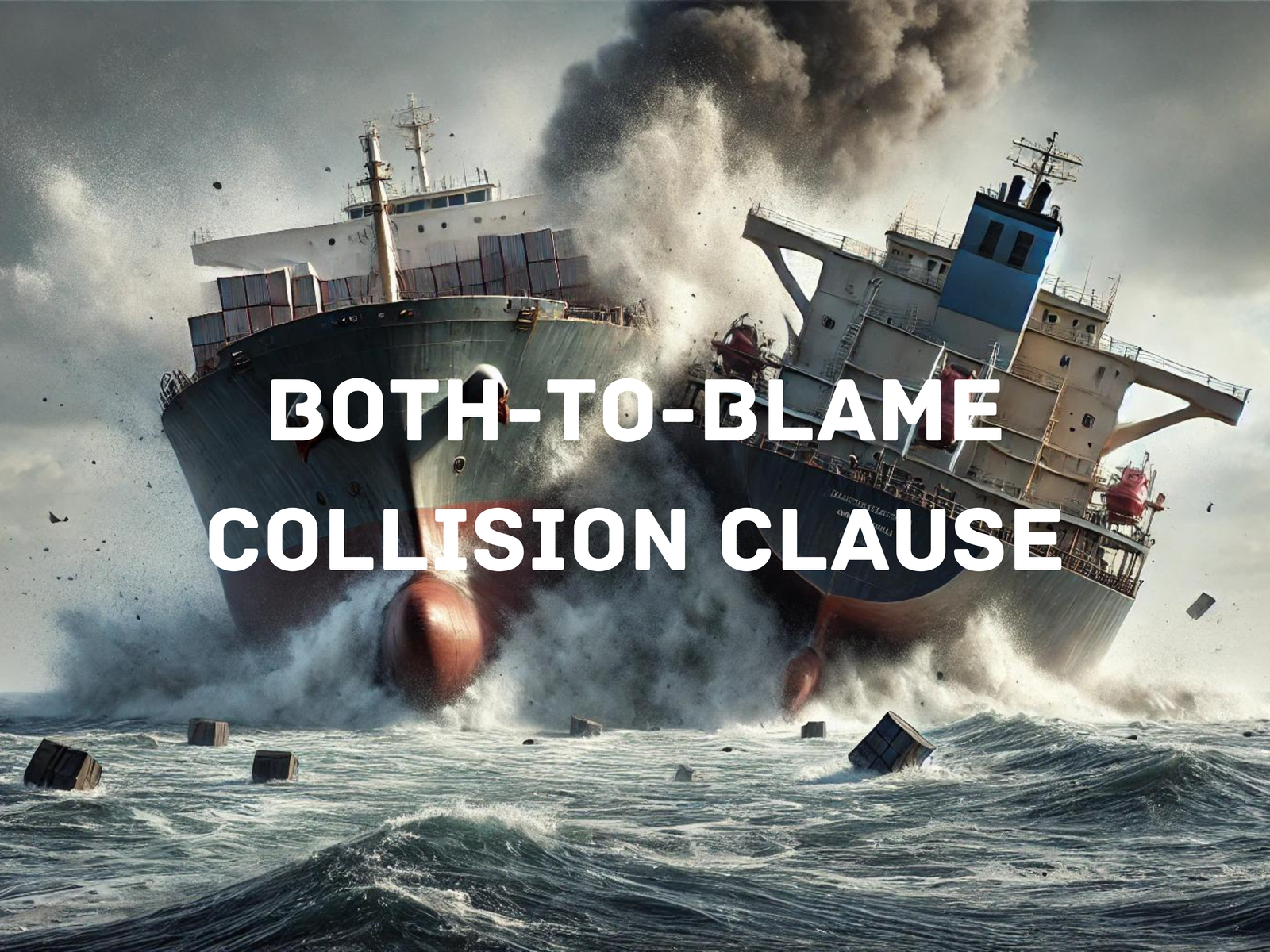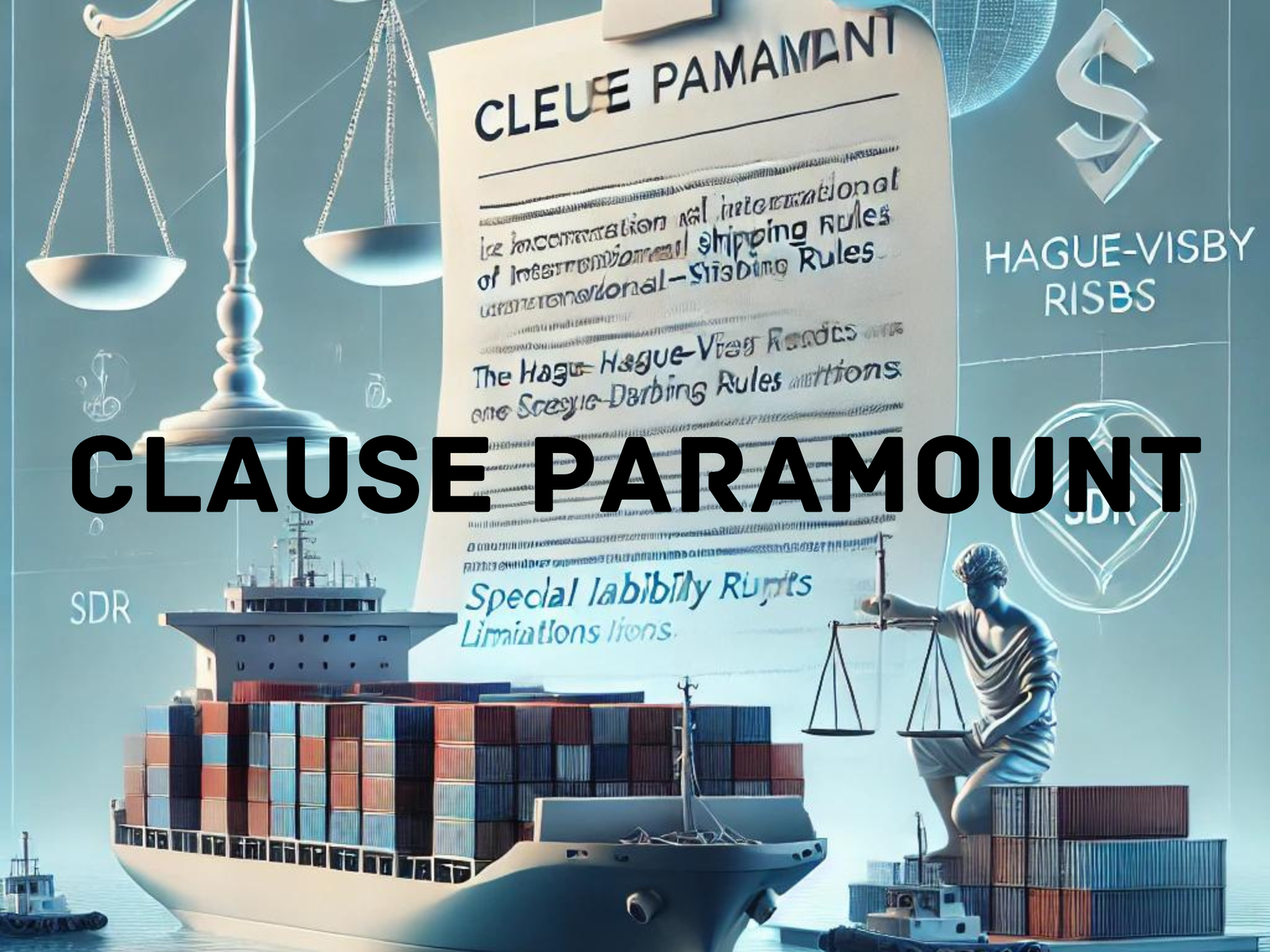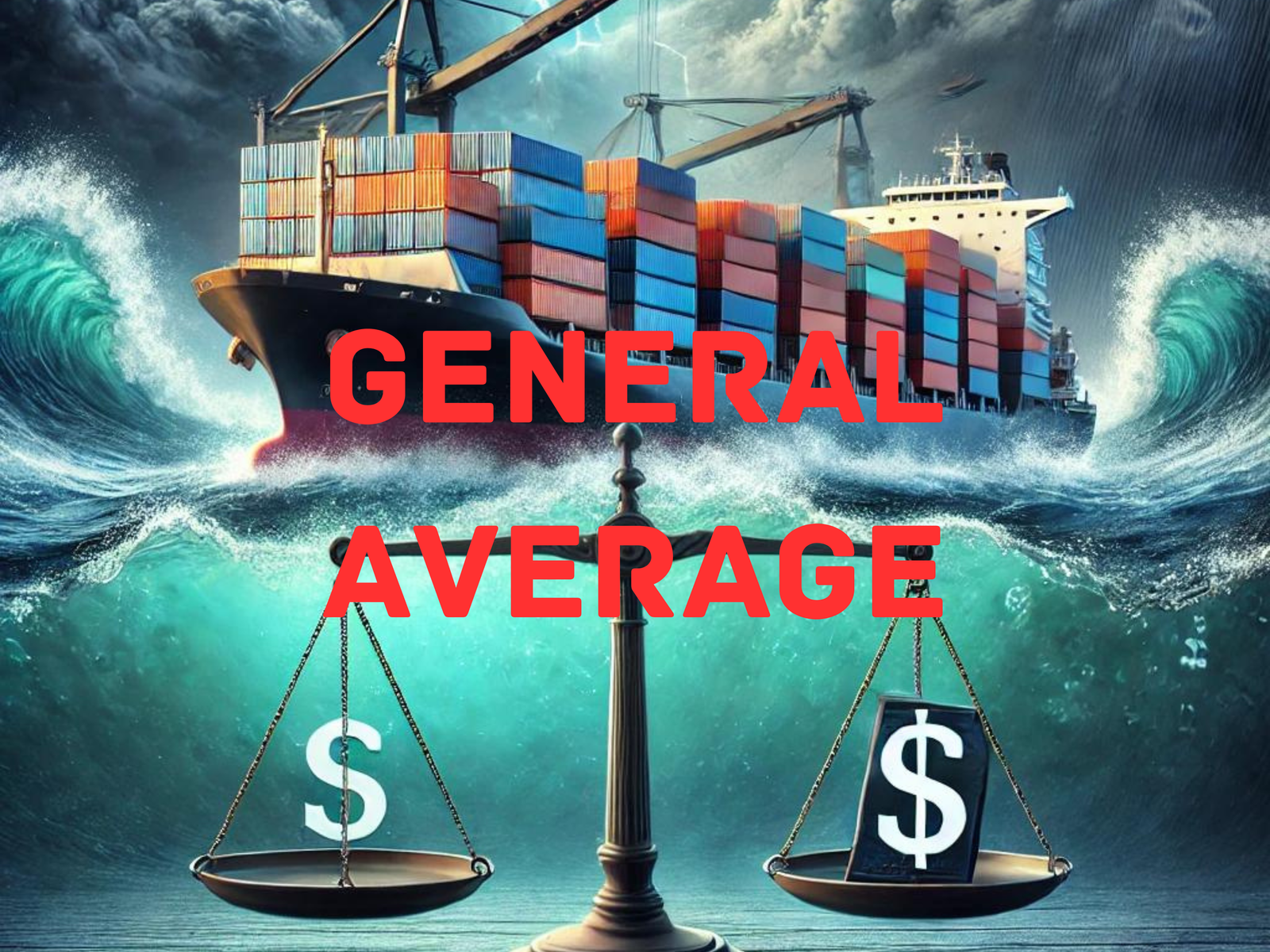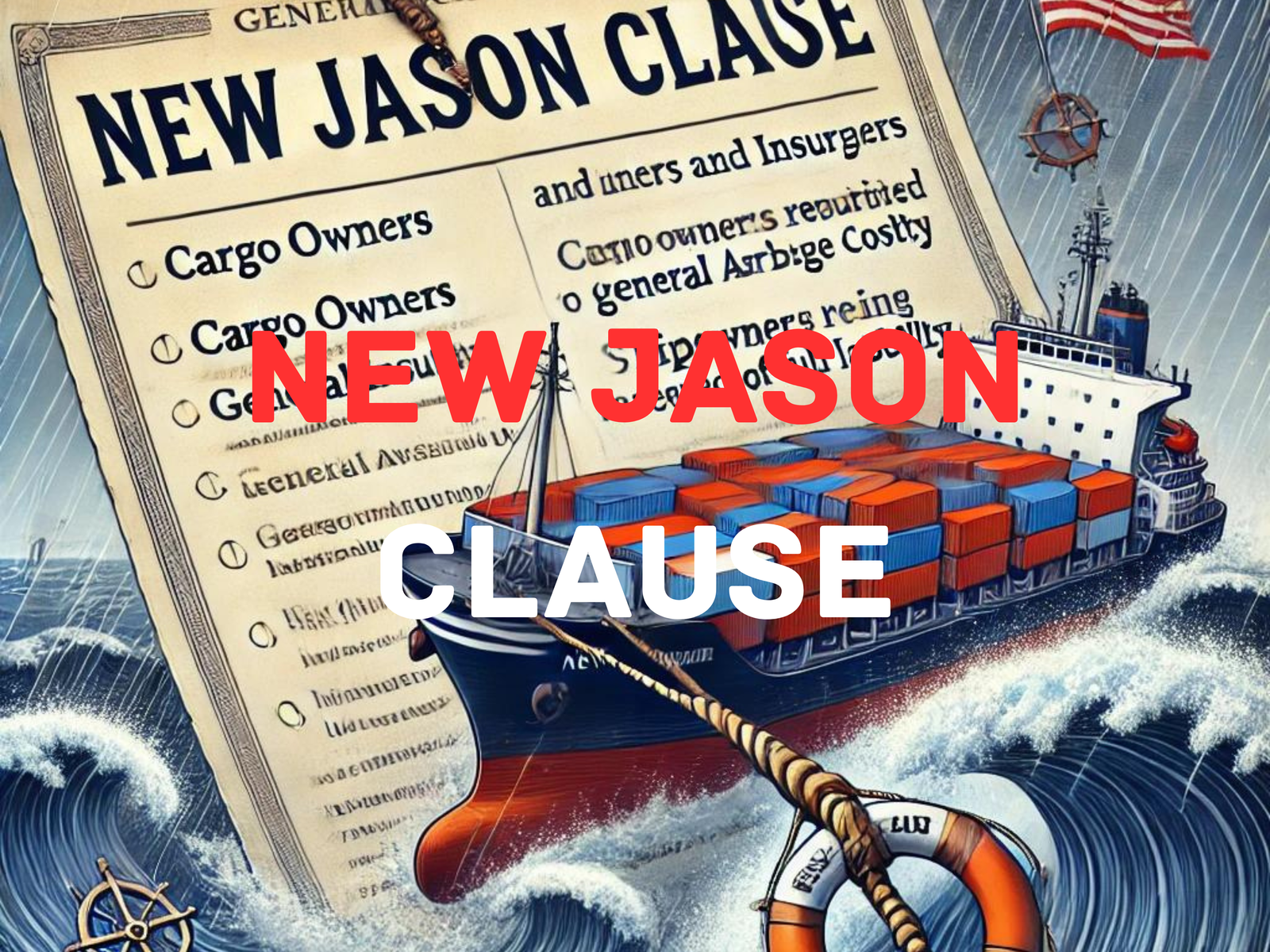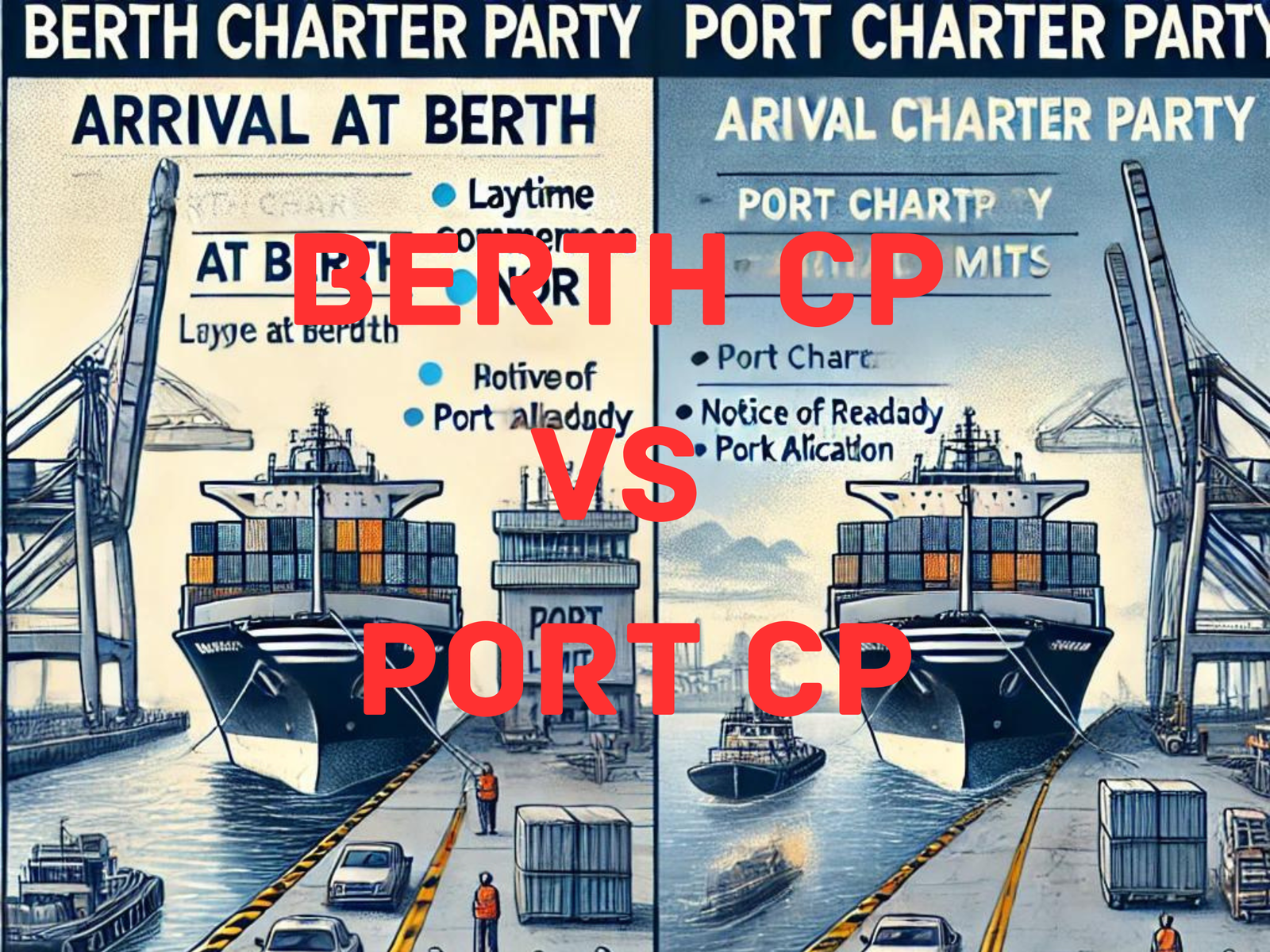In the world of shipping, vessel performance is a topic that is taken very seriously. But for all the advanced technology and data available today, one area remains a bit of a wild card: weather routing. While these services are incredibly useful for optimizing fuel consumption, ensuring safety, and navigating rough seas, they can also become a point of contention when it comes to performance claims under charter party agreements. The issue arises when weather routing companies use ambiguous contract terms to manipulate the system in favor of one party — usually the charterers.
So, what’s the issue? Let’s break it down.
What is Vessel Performance in Charter Parties?
When a vessel is hired under a time charter, it’s common for the contract — known as a charter party — to include a performance warranty. This typically means that the ship must operate within certain parameters, such as maintaining a certain speed and fuel consumption rate, under “good weather” conditions.
But here’s the catch: what exactly counts as “good weather” is not always so clear. Different contracts define it differently, and often the language is vague. For instance, some contracts might say “winds not exceeding Beaufort Force 4” or “seas not above Sea State 3,” but what does that really mean in practice?
This lack of clarity can lead to disagreements, particularly when a vessel’s performance is questioned due to unfavorable weather conditions.

The Lack of Regulation: Why This Is Such a Problem
One major issue in the shipping industry today is the lack of a uniform regulatory framework governing how weather routing services assess vessel performance. Right now, it’s a bit of the wild west when it comes to weather reports and performance claims, and this opens the door for potential abuse.
Here’s why this becomes a problem:
- Different interpretations: Weather routing companies have their own ways of calculating vessel performance, using different algorithms and data sources, which can lead to wildly different conclusions.
- Bias from charterers: Often, charterers select and pay the weather routing companies, which can create a potential conflict of interest.
- Lack of accountability: There’s no independent oversight to ensure that the data and analyses provided are accurate and unbiased.
In many cases, this means owners can be unfairly blamed for underperformance or excessive fuel consumption — even if the conditions were beyond their control.
The Swell Condition Loophole: How Misinterpreting Wave Height Is Used Against Owners
One area where misinterpretation becomes particularly common is when it comes to wave height — specifically the difference between significant wave height (Hs) and average wave height (Havg).
So, what’s the difference? Let’s take a look:
- Average Wave Height (Havg): This is the mean height of all the waves over a period of time.
- Significant Wave Height (Hs): This is the height of the largest one-third of the waves observed. In practical terms, it’s a better representation of the wave conditions that a ship experiences during a voyage.
Now here’s where things can get tricky. Significant wave height (Hs) is typically 1.5 to 2 times higher than average wave height (Havg). But many contracts, unfortunately, don’t specify which metric should be used. This means that weather routing companies can choose to focus on the higher significant wave height (Hs) rather than the average, which can make the conditions seem worse than they really are.
By doing this, charterers can claim that the vessel was operating in “bad weather,” even when the weather conditions weren’t as severe as reported. This can lead to unjust vessel performance claims against shipowners.
How Weather Routing Companies Can Exploit the System
Charterers can raise claims of underperformance by pointing to things like:
- The vessel’s speed being below what’s warranted during “good weather.”
- Fuel consumption being higher than expected.
If weather routing companies selectively use data — like focusing on significant wave height or ignoring short periods of better weather — they can paint a misleading picture of the voyage’s performance.
As a result, shipowners may find themselves defending against claims that are based on inaccurate or biased weather reports. And since weather routing companies aren’t regulated, the odds are stacked in favor of the charterer.
Good Weather Criteria vs. Evidence Vessel Should Collect
| Good Weather Criteria (as per typical charter party) | Evidence Vessel Should Collect |
|---|---|
| Wind below Beaufort Force 4 (≤ 16 knots) | – Bridge logbook entries – Anemometer data logs – Noon reports |
| Significant Wave Height ≤ 2.0 meters (or as defined) | – Echo sounder or motion sensor logs – Weather observation reports – Ship’s wave radar data (if available) |
| No precipitation or visibility reduction | – Deck log entries – Bridge watch reports – Navigation system logs |
| Steady course and RPM maintained | – Engine logbooks – Voyage Data Recorder (VDR) extracts – ECDIS track records |
| No adverse currents or drift | – GPS track logs – Speed over ground (SOG) vs. speed through water comparison – Engine performance vs. voyage distance metrics |
| No maneuvering delays or waiting time | – Port arrival/departure logs – Statement of Facts (SOF) – Engine room logs showing propulsion hours |

Best Practices for Vessels to avoid claims
- Take hourly weather observations, forecast vessel performance and take necessary action especially when near performance thresholds.
- Retain Voyage Data Recorder (VDR) backups for each leg of the voyage.
- Use onboard weather routing tools and compare with third-party reports.
- Report discrepancies in weather estimates versus actual experienced conditions immediately to the charterer.
- Photographic or video evidence (e.g., radar screen, wave visuals) can be helpful when swells are misrepresented.
How Can We Fix This? Making Charter Party Clauses Clearer and Fairer
The good news is that we can fix this. The key to reducing these disputes lies in making charter party clauses clearer and ensuring that everyone is on the same page about how performance should be assessed. Here are some steps that could help:
1. Standardize Weather Definitions
The first thing that needs to change is how we define terms like “good weather” and “acceptable wave height”. Right now, there’s too much room for interpretation, and that’s where the confusion starts while evaluating vessel performance.
To eliminate the ambiguity, charter parties should clearly define:
- What counts as good weather (e.g., specifying the maximum wind speeds and wave heights).
- What type of wave height (significant or average) should be used in performance evaluations. This should be explicitly stated — and the industry standard is typically significant wave height (Hs).
By setting clear, agreed-upon benchmarks, there’s less room for dispute when performance issues arise.
2. Introduce Independent Verification
Charterers usually select and pay weather routing companies, which creates a natural conflict of interest. To make things more fair and transparent, we need to introduce independent audits of weather routing reports.
For example, a third-party auditor could review the data provided by the weather routing company, ensuring it’s accurate and unbiased. This would help validate claims and provide a neutral voice when disputes occur.
3. Account for Route-Specific Weather Conditions
The reality is that weather conditions can vary significantly depending on the route and the season. A ship crossing the Indian Ocean in the monsoon season will face different conditions than one sailing in the Mediterranean in summer.
Therefore, charter parties should be more flexible and specific. The contract should account for:
- The seasonality of weather on certain routes.
- Potential weather delays due to known patterns (e.g., storms, rough seas).
By being more realistic in how we set performance expectations based on route-specific conditions, we can avoid unfair claims for underperformance that are simply due to expected weather patterns.
4. Include Clear Vessel Performance Monitoring
Another way to make sure everyone’s on the same page is to monitor vessel performance in real time. This could be done using onboard sensors that track fuel consumption, speed, and weather conditions during the voyage.
Having access to live data gives both parties — charterers and shipowners — a better understanding of performance throughout the journey. This can help prevent disputes, as both sides can reference actual performance data rather than relying on post-voyage vessel performance reports that might be skewed.
5. Set Up a Transparent Dispute Resolution Mechanism
Even with clearer clauses, disputes will inevitably arise. The key is to have a clear, agreed-upon process for resolving these issues.
Instead of waiting until a claim is filed, parties should include a dispute resolution process in the contract. This could involve:
- A neutral arbitration body.
- Specific timelines for filing and addressing disputes, so the process doesn’t drag on unnecessarily.
By setting expectations up front, both shipowners and charterers can avoid lengthy, costly battles.
Conclusion
Weather routing and evaluation of vessel performance is an essential part of modern shipping, but without proper guidelines, it can become a point of contention. By clarifying charter party clauses, standardizing weather metrics, and introducing independent oversight, we can reduce the disputes that arise from these ambiguous terms.
Ultimately, it’s about finding a balance. Clear, fair agreements will protect both shipowners and charterers, ensuring that vessel performance is evaluated in a way that reflects the realities of the voyage — not just the weather conditions and data interpretations that serve one party’s interests.
If we all work together to create a more transparent and standardized system, we can leave the uncertainty behind and focus on what really matters: safe, efficient, and fair shipping.

